Forest Pests
Our Branch surveys for State and County designated forest pests of concern that are either currently established in Prince William County or are species that we hope to find in advance of wide spread establishment through early detection. Please select a specific pest to discover more:
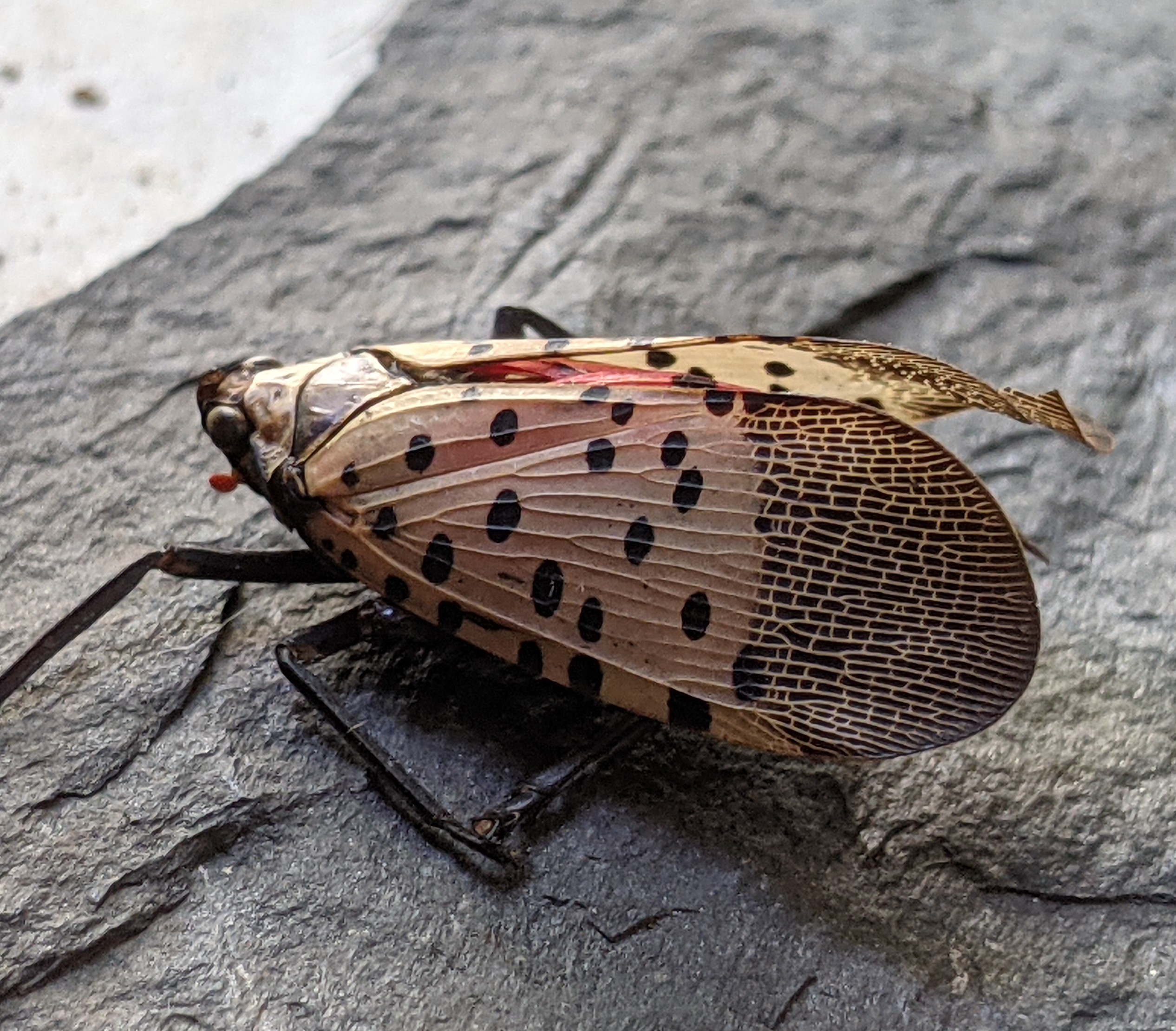
An invasive planthopper that feeds on many plants and trees which was just confirmed in PWC in the spring of 2021. Photo Credit: Spotted Lanternfly by Mosquito and Forest Pest Management staff
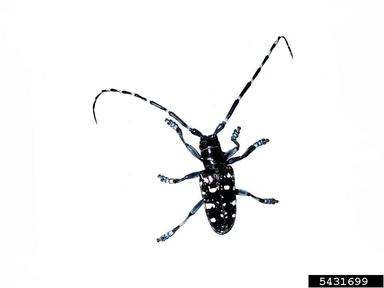
This woodboring beetle has not been found in PWC. It is present in nearby states and is a target of early detection surveys. Photo credit: Asian Longhorned Beetle Adult by Melody Keena, USDA Forest Service, Bugwood.org
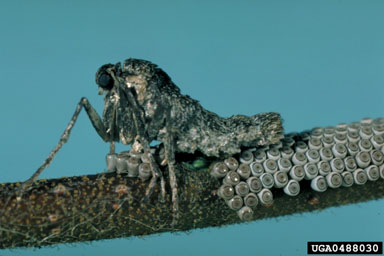
An early spring caterpillar which has had several documented outbreaks in PWC, causing significant defoliation during years of high populations. Photo Credit: Fall Cankerworm Female by John Ghent, Bugwood.org
This invasive woodboring beetle is well established in PWC and has killed many ash trees in the County. Photo Credit: Emerald Ash Borer by Mosquito and Forest Pest Management staff
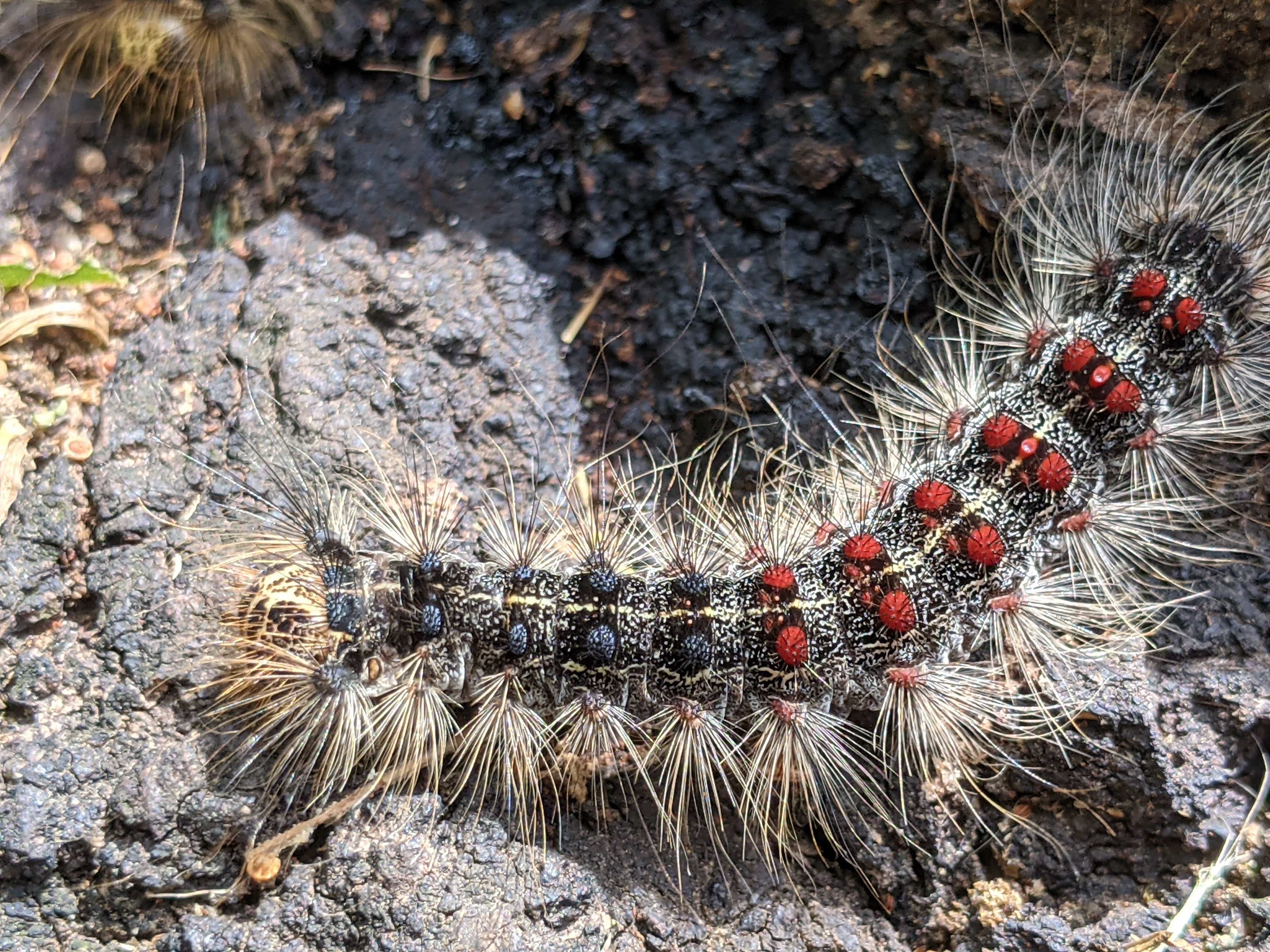
Established in PWC since the 1980's, spongy moth caterpillars can cause widespread defoliation of many tree species in years of high populations. Photo Credit: Spongy Moth Caterpillar by Mosquito and Forest Pest Management staff
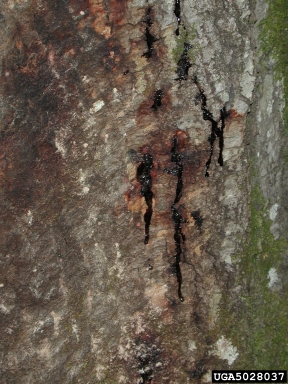
This disease is caused by a water mold that is currently present on the west coast of the U.S. Photo Credit: SOD Canker Symptoms by Bruce Moltzan, USDA Forest Service, Bugwood.org
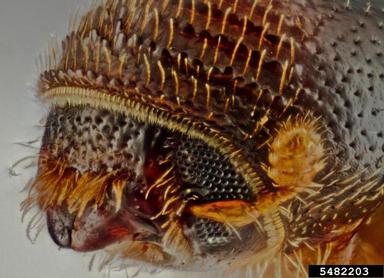
Affecting black walnuts in our area, this disease complex consists of a beetle and fungus combination which can cause die back and mortality. Photo Credit: Walnut Twig Beetle by Adult_Steven Valley, Oregon Department of Agriculture, Bugwood.org